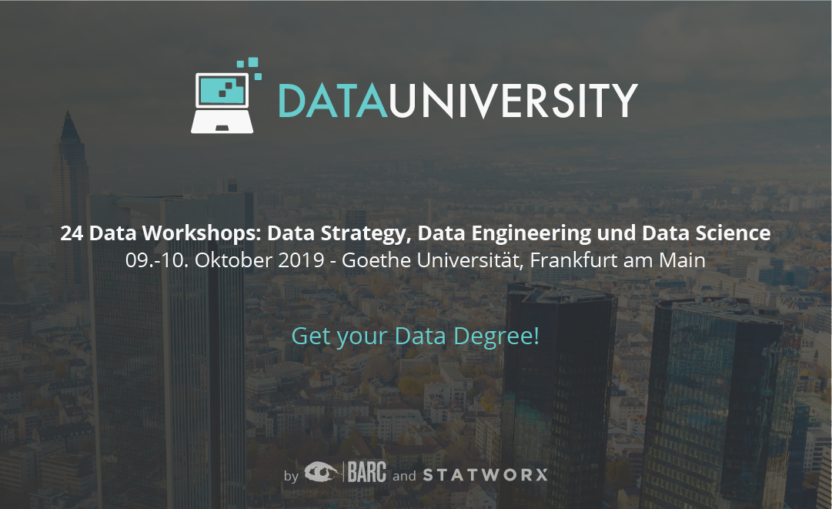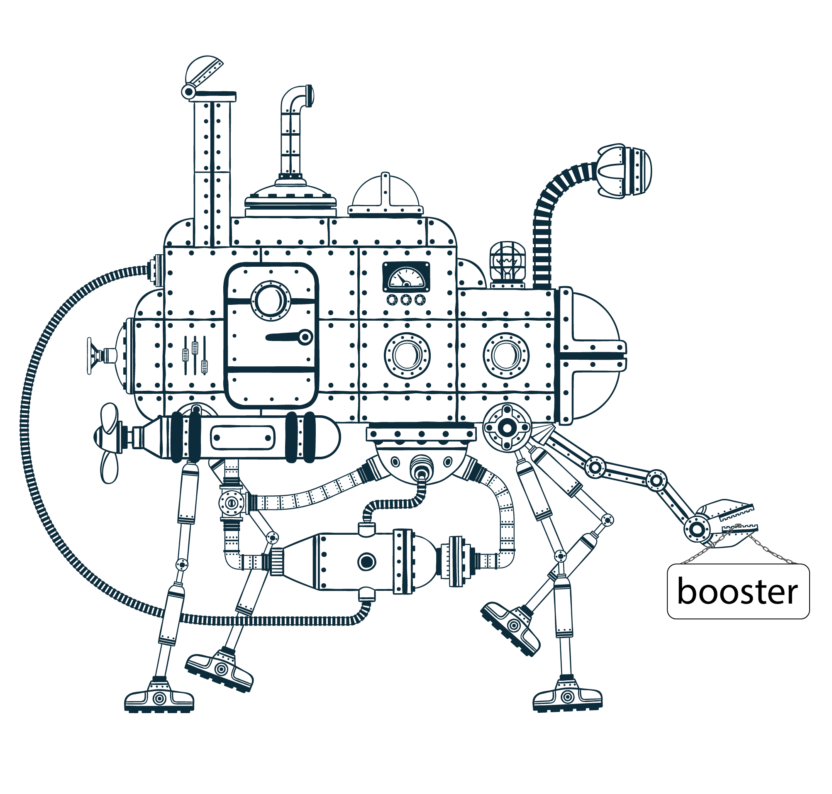Vom 09.-10. Oktober findet die Data University an der Goethe-Uni in Frankfurt statt, präsentiert von STATWORX & BARC.
Data Science Bootcamp
Du interessiertst Dich für Data Science und möchtest Deine Daten sinnvoll nutzen? Im Data Science Bootcamp von der STATWORX Data Academy bekommen Einsteiger den perfekten Start in die Praxis. Gemeinsam erarbeiten wir in 5 Tagen die wichtigsten Grundlagen von Data Science, Machine Learning und Programmierung. Du entwickelst R und Python Modelle und arbeitest wie ein echter Data Scientist. Was …
Coding Random Forests in 100 lines of code*
In our series of explaining method in 100 lines of code, we tackle random forest this time! We build it from scratch and explore it’s functions.
Coding Gradient boosted machines in 100 lines of R code
Motivation There are dozens of machine learning algorithms out there. It is impossible to learn all their mechanics, however, many algorithms sprout from the most established algorithms, e.g. ordinary least squares, gradient boosting, support vector machines, tree-based algorithms and neural networks. At STATWORX we discuss algorithms daily to evaluate their usefulness for a specific project or problem. In any case, …
A Performance Benchmark of Different AutoML Frameworks
In a recent blog post our CEO Sebastian Heinz wrote about Google’s newest stroke of genius – AutoML Vision. A cloud service „that is able to build deep learning models for image recognition completely fully automated and from scratch„. AutoML Vision is part of the current trend towards the automation of machine learning tasks. This trend started with automation of …
A performance benchmark of Google AutoML Vision using Fashion-MNIST
Google AutoML Vision is a state-of-the-art cloud service from Google that is able to build deep learning models for image recognition completely fully automated and from scratch. In this post, Google AutoML Vision is used to build an image classification model on the Zalando Fashion-MNIST dataset, a recent variant of the classical MNIST dataset, which is considered to be more …
Data Science in Python – Der Einstieg in Machine Learning mit Scikit-Learn
In unseren bisherigen Artikeln zu Data Science in Python haben wir uns mit der grundlegenden Syntax, Datenstrukturen, Arrays, der Datenvisualisierung und Manipulation/Selektion auseinander gesetzt. Was jetzt noch für den Einstieg fehlt, ist die Möglichkeit Modelle auf die Daten anzuwenden, um so zum einen Muster in diese zu erkennen und zum anderen Prädiktionen abzuleiten. Die Vielfalt an implementierten Modellen in Python …







